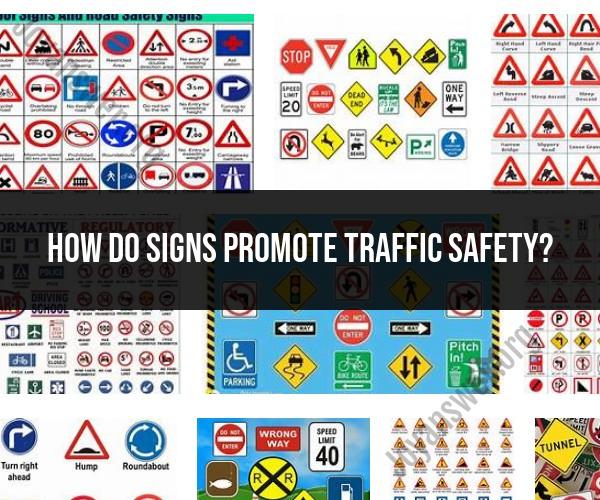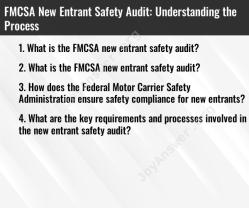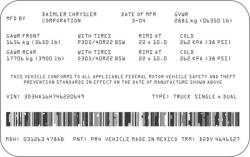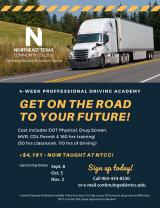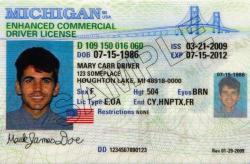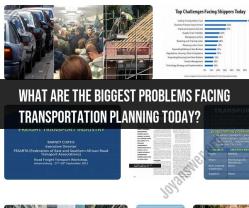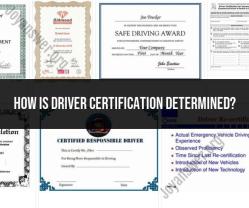How do signs promote traffic safety?
Traffic signs play a crucial role in promoting traffic safety by providing essential information, guidance, warnings, and regulations to drivers, pedestrians, and other road users. Here's how signs effectively contribute to enhancing traffic safety:
Communication of Information: Signs convey important information such as speed limits, lane usage, road conditions, directions, distances, and upcoming exits. This information helps drivers make informed decisions while navigating roads.
Warning of Hazards: Warning signs alert drivers to potential hazards like sharp turns, pedestrian crossings, construction zones, and animal crossings. These signs provide drivers with the necessary time to adjust their speed and be prepared for any challenges ahead.
Regulation of Behavior: Regulatory signs indicate rules and regulations, such as stop signs, yield signs, no-entry zones, and no-parking areas. These signs help maintain order and ensure safe interactions among road users.
Guidance and Direction: Signs guide drivers by providing clear directions to landmarks, facilities, and destinations. This helps drivers plan their routes in advance, reducing the risk of confusion and wrong turns.
Speed Management: Speed limit signs communicate the maximum safe speed for a particular road segment. Adhering to these limits reduces the risk of accidents caused by excessive speed.
Promotion of Courtesy: Signs reminding drivers to yield to pedestrians, share the road with cyclists, and exercise caution in school zones promote respectful and considerate behavior among road users.
Visibility Enhancement: Reflective materials and high-contrast colors used on signs enhance their visibility, especially during low-light conditions or inclement weather. This helps drivers see and react to signs more effectively.
Work Zone Safety: Construction signs inform drivers about ongoing construction zones, detours, and potential lane closures. These signs help drivers navigate these areas safely and protect construction workers.
Pedestrian Safety: Crosswalk signs and pedestrian crossing signals help ensure the safety of pedestrians by alerting drivers to the presence of people on foot.
Emergency Information: Signs indicating the location of emergency facilities, such as hospitals, fire stations, and police stations, assist drivers in finding help quickly when needed.
School Zones: Signs in school zones remind drivers to reduce their speed and exercise caution around educational institutions to protect children and ensure their safety.
Regulation of Parking: No-parking signs and other parking-related signs prevent congestion and ensure that vehicles are parked safely and legally.
Intersections and Roundabouts: Signs at intersections and roundabouts provide clear guidance on right of way and appropriate actions, minimizing the risk of collisions.
DUI/DWI Awareness: Signs reminding drivers not to drink and drive, as well as the consequences of DUI/DWI, promote responsible behavior and discourage impaired driving.
Railroad Crossings: Signs warn drivers of upcoming railroad crossings, promoting cautious behavior and preventing collisions with trains.
Road Condition Alerts: Variable message signs can display real-time information about road conditions, accidents, and detours, enabling drivers to adjust their routes and speeds accordingly.
In summary, traffic signs serve as a vital communication tool to ensure the safety and efficiency of roadways. By conveying important information, warnings, and regulations, signs help all road users navigate effectively, make informed decisions, and behave responsibly, ultimately reducing the risk of accidents and promoting a safer traffic environment.
